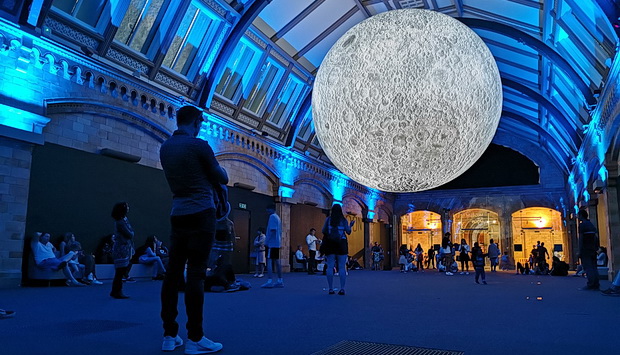
On show at the Natural History Museum until January 5th 2020 is this spectacular, illuminated replica of the Moon, with a diameter of 7 metres.
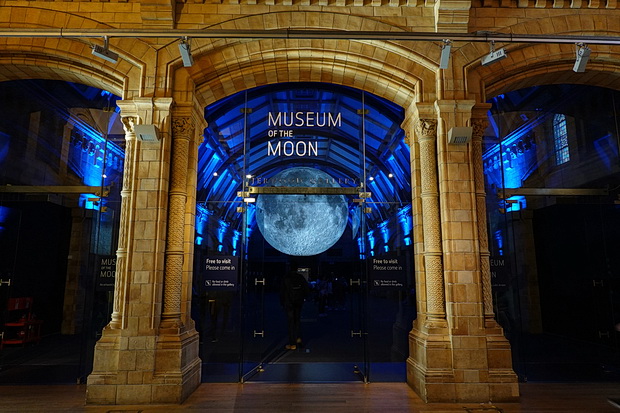
Several copies of this inflatable Moon tour the world for temporary exhibitions, often accompanied by music, and it makes for an interesting counterpoint to Olafur Eliasson’s The Weather Project which was on display in the Tate Modern’s Turbine Hall in 2003.
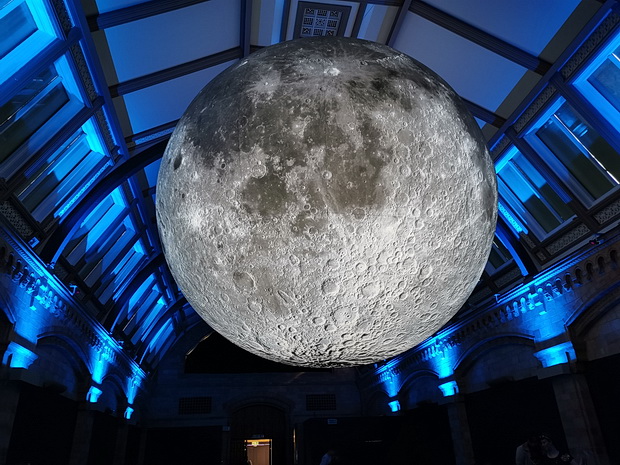
Admission is free, so anyone can walk in and take in the sight of this huge overhead Moon.
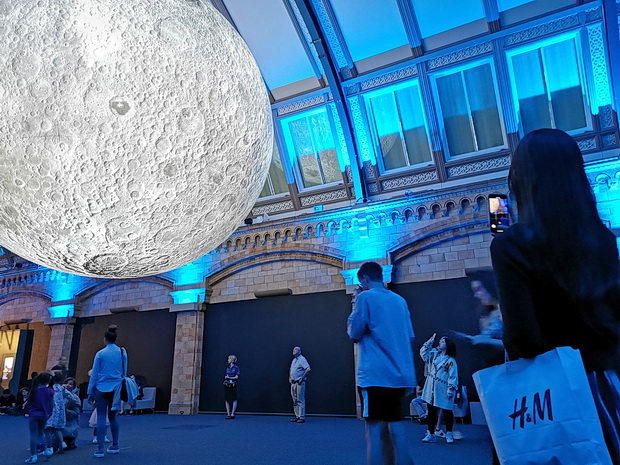
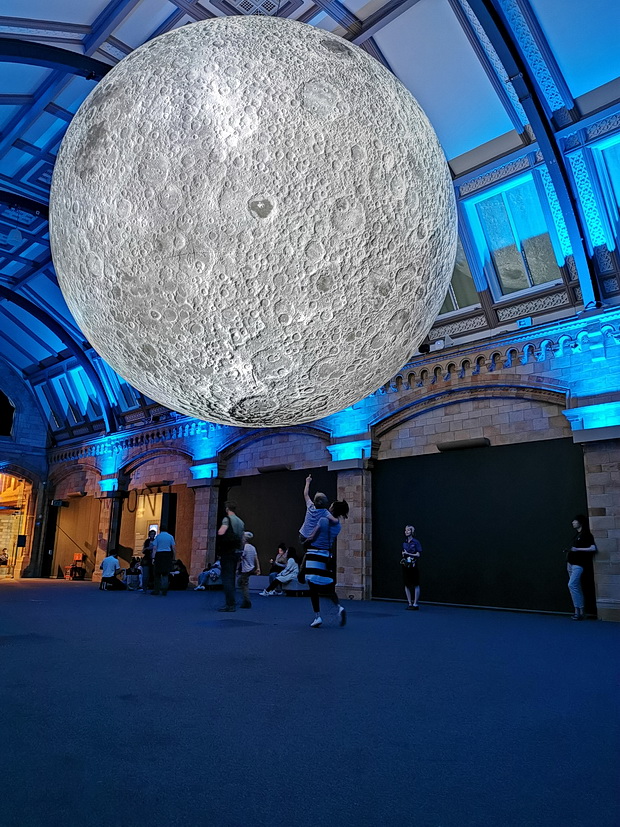
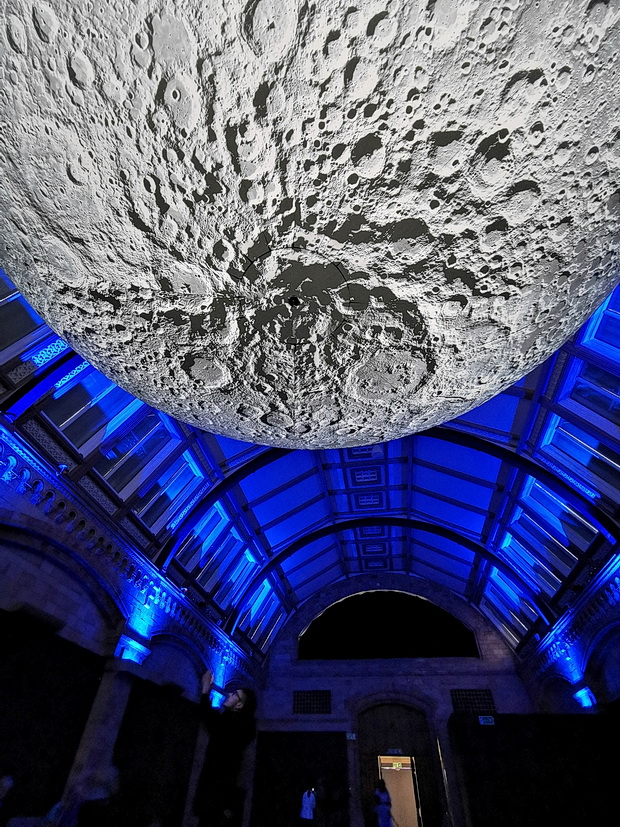
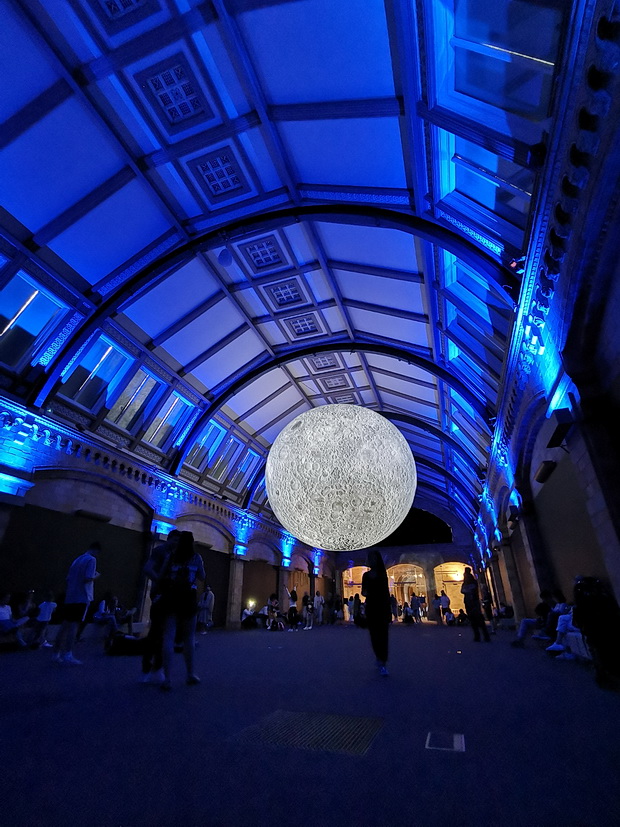
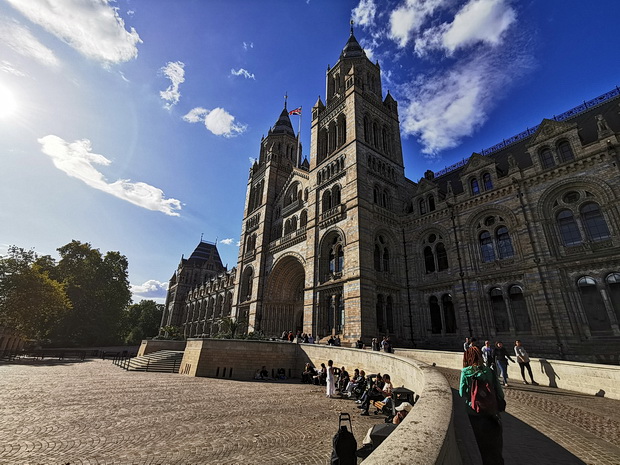
Established in 1881, the Natural History Museum is housed in this astonishingly beautiful building designed by Alfred Waterhouse on Exhibition Road in South Kensington.
Here’s some more images from my trip:
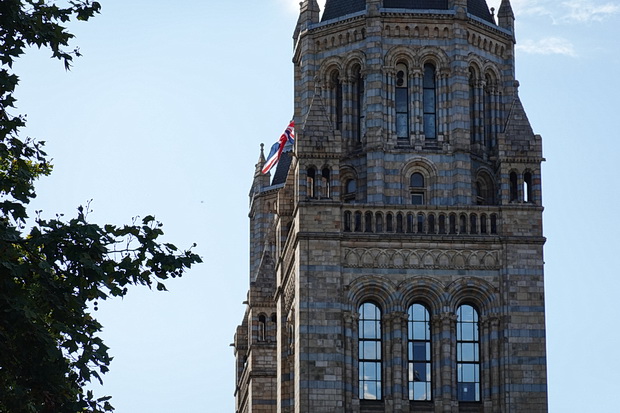
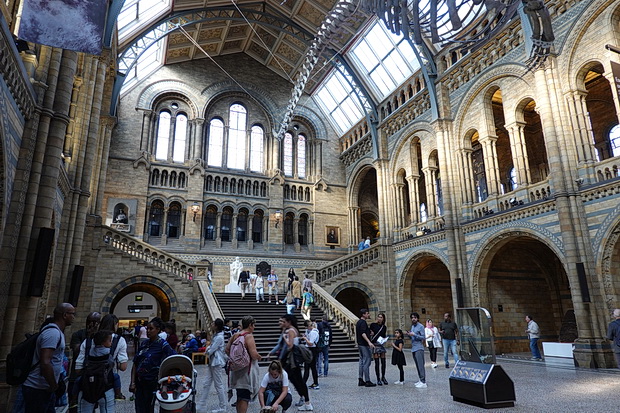
Wikipedia has more about the museum:
The museum is home to life and earth science specimens comprising some 80 million items within five main collections: botany, entomology, mineralogy, paleontology and zoology. The museum is a centre of research specialising in taxonomy, identification and conservation.
Given the age of the institution, many of the collections have great historical as well as scientific value, such as specimens collected by Charles Darwin.
The museum is particularly famous for its exhibition of dinosaur skeletons and ornate architecture—sometimes dubbed a cathedral of nature—both exemplified by the large Diplodocus cast that dominated the vaulted central hall before it was replaced in 2017 with the skeleton of a blue whale hanging from the ceiling.
The Natural History Museum Library contains extensive books, journals, manuscripts, and artwork collections linked to the work and research of the scientific departments
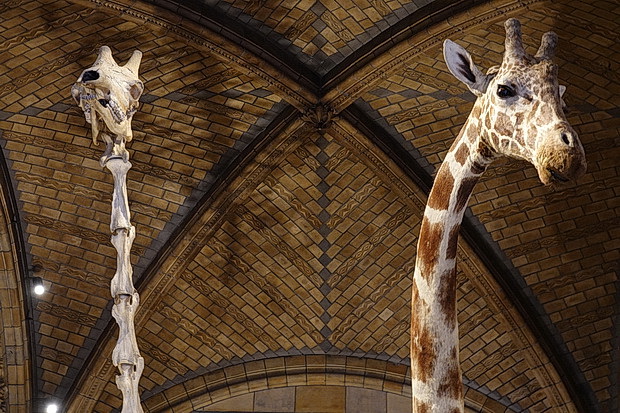
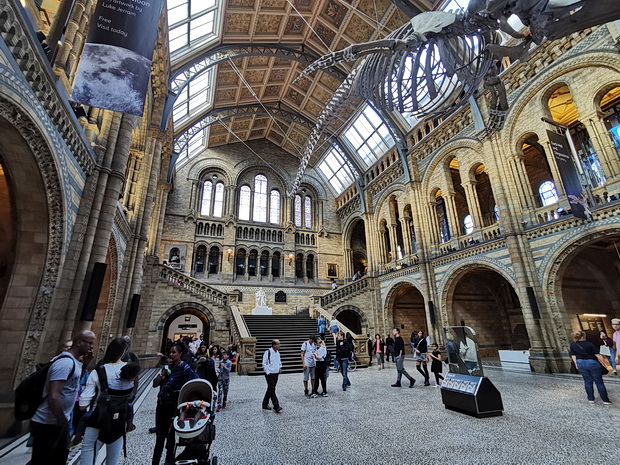
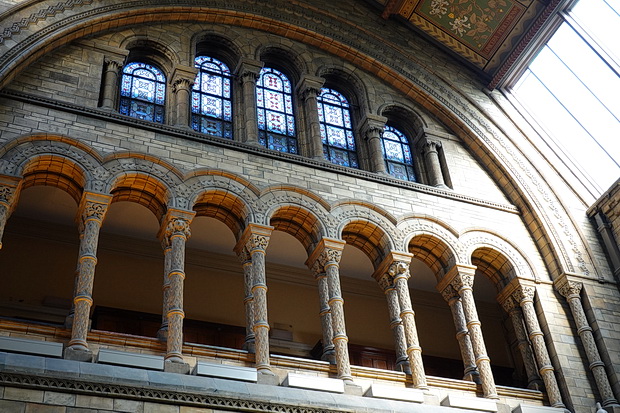
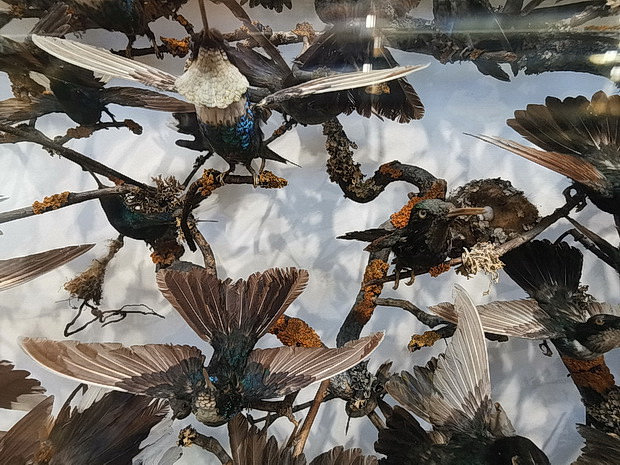
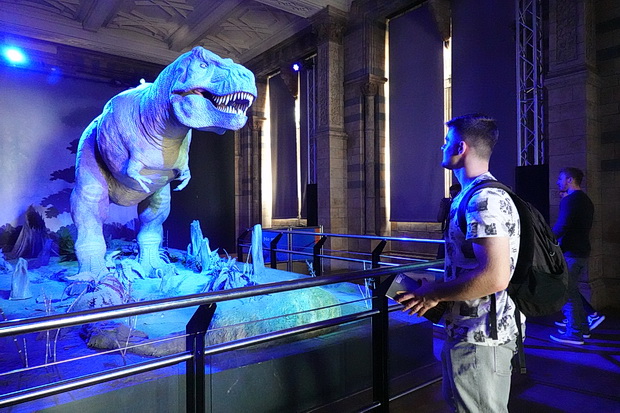
The dinosaur section is always popular.
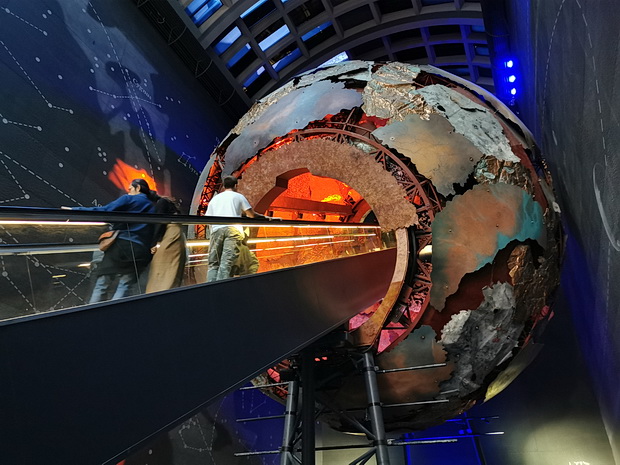
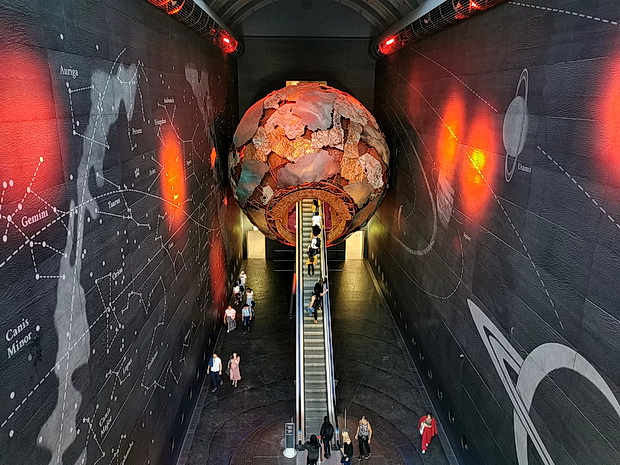
About the museum
Natural History Museum
The Natural History Museum
Cromwell Road, South Kensington
London SW7 5BD
Open every day 10.00-17.50
Free entry




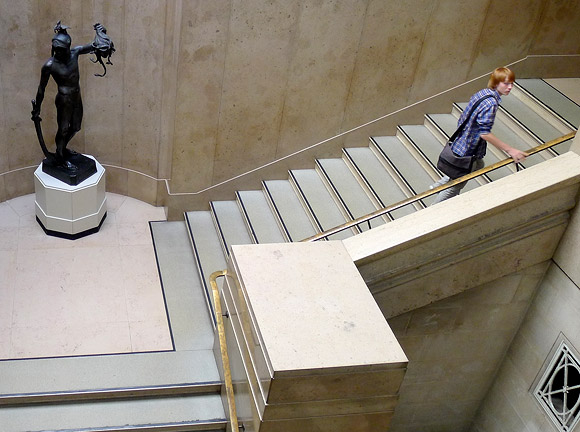







this is interesting. I love the moon.